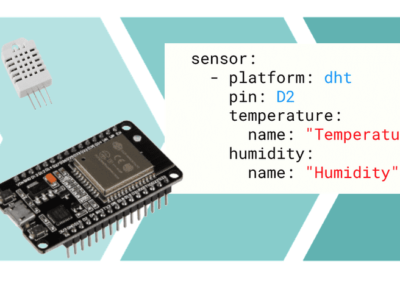
‘Magnetic ionics’ breakthrough promises ultra-low-power microchips
The researchers showed that they can control the magnetic properties of a thin-film material simply by applying a small voltage. Changes in magnetic orientation made in this way remain in their new state without the need for any ongoing power, say the researchers, unlike today’s standard memory chips.
Essentially, says Geoffrey Beach, a professor of materials science and engineering and co-director of the MIT Materials Research Laboratory, and author of a paper on the study, he and his team are “trying to make a magnetic analog of a transistor,” which can be turned on and off repeatedly without degrading its physical properties.
The new approach comes as researchers have been exploring new technologies to circumvent the fundamental physical limits that threaten to cap the ability of silicon microchips to continue increasing their capabilities while decreasing their power consumption. One promising alternative approach – spintronics – makes use of a property of electrons called spin, instead of their electrical charge.
Spintronic devices – unlike silicon memory chips – can retain their magnetic properties without the need for constant power. This means that not only do they need far less power to operate, but they also generate far less heat – another major limiting factor for today’s devices.
But, say the researchers, spintronic technology suffers from its own limitations. One of the biggest missing ingredients has been a way to easily and rapidly control the magnetic properties of a material electrically, by applying a voltage. Many research groups around the world have been pursuing that challenge.
Previous attempts have relied on electron accumulation at the interface between a metallic magnet and an insulator, using a device structure similar to that of a capacitor. The electrical charge can change the magnetic properties of the material, but only by a very small amount, making it impractical for use in real devices.
Other attempts have used ions instead of electrons to change magnetic properties – for example, oxygen ions have been used to oxidize a thin layer of magnetic material, causing extremely large changes in magnetic properties. However, the insertion and removal of oxygen ions causes the material to swell and shrink, causing mechanical damage that limits the process to just a few repetitions – rendering it essentially useless for computational devices.
The new finding demonstrates a way around that by using hydrogen ions instead of the much larger oxygen ions used in previous attempts. Since the hydrogen ions can “zip in and out very easily,” say the researchers, the new system is much faster and provides other significant advantages.
Because the hydrogen ions are so much smaller, they can enter and exit from the crystalline structure of the spintronic device, changing its magnetic orientation each time, without damaging the material. In fact, say the researchers, they have demonstrated that the process produces no degradation of the material even after more than 2,000 cycles.
And, unlike oxygen ions, hydrogen can easily pass through metal layers, which allows them to control properties of layers deep in a device that couldn’t be controlled in any other way.
“When you pump hydrogen toward the magnet, the magnetization rotates,” says graduate student Aik Jun Tan, a co-author of a paper on the study. “You can actually toggle the direction of the magnetization by 90 degrees by applying a voltage – and it’s fully reversible.”
Since the orientation of the poles of the magnet is what is used to store information, this means it is possible to easily write and erase data “bits” in spintronic devices using this effect.
The device the researchers produced consists of a sandwich of several thin layers, including a layer of cobalt where the magnetic changes take place, sandwiched between layers of a metal such as palladium or platinum, and with an overlay of gadolinium oxide, and then a gold layer to connect to the driving electrical voltage. The magnetism gets switched with just a brief application of voltage and then stays put; reversing it requires no power at all – just short-circuiting the device to connect its two sides electrically.
With their low power consumption and high switching speed, say the researchers, the new devices could eventually be especially useful for devices such mobile computing, but the work is still at an early stage and will require further development.
“I can see lab-based prototypes within a few years or less,” says Beach. Making a full working memory cell is “quite complex” and might take longer, he says.
For more, see “Magneto-ionic control of magnetism using a solid-state proton pump”
Related articles:
‘Miracle’ spintronics materials promise smaller mobile devices
Spintronics discovery reduces low-power memory device costs
IBM shows key step to spintronic transistors
Graphene transistors promise 1000x faster energy-efficient computers
 If you enjoyed this article, you will like the following ones: don't miss them by subscribing to :
eeNews on Google News
If you enjoyed this article, you will like the following ones: don't miss them by subscribing to :
eeNews on Google News



